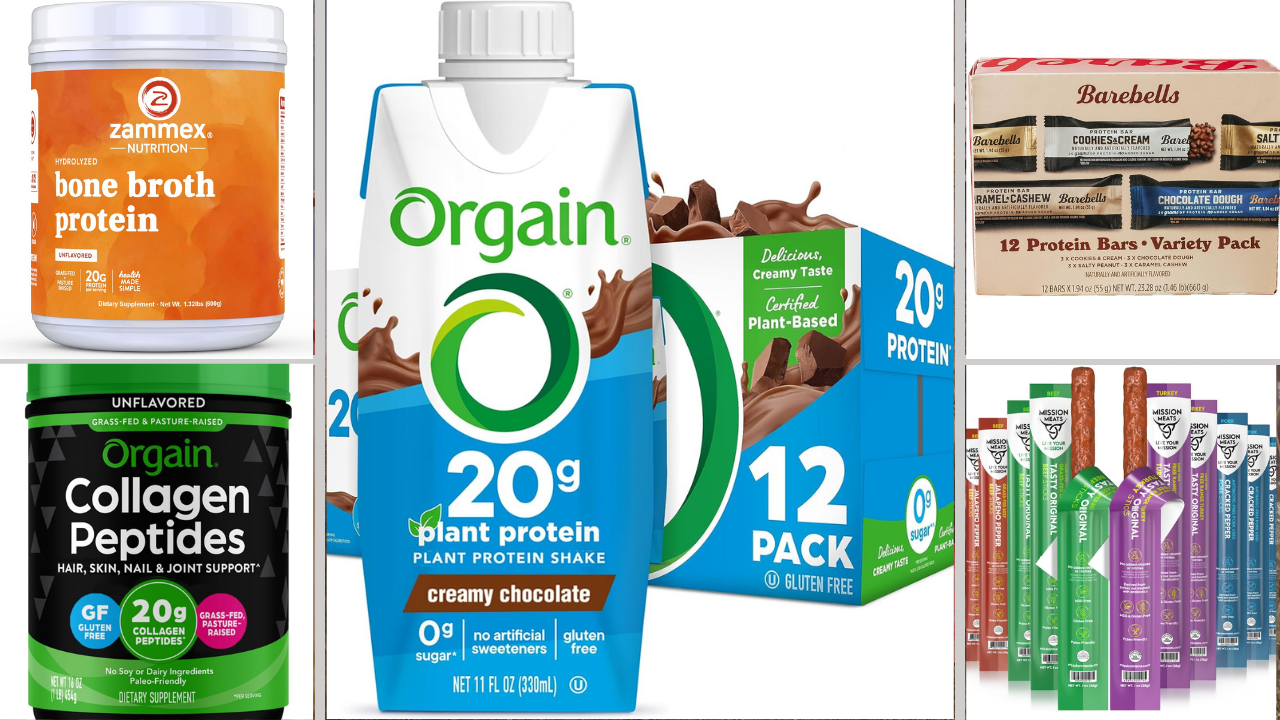The Trucker’s Guide to Reducing Chronic Inflammation (Naturally!)
how truckers can reduce inflammation
Introduction: It’s Time to Take Control
If you’re tired of feeling sluggish, stiff, or constantly run-down, it’s time to tackle chronic inflammation head-on. Unlike short-term inflammation that helps heal injuries, chronic inflammation lingers and fuels serious health problems.
🚛 Fact: Regular exercise lowers inflammatory markers by 30% or more (American College of Sports Medicine).
The good news? You can fight inflammation naturally with small, consistent lifestyle changes. Here’s how truckers can reduce inflammation and start feeling better on the road.
1. Eat Anti-Inflammatory Foods
The food you eat is either fighting or fueling inflammation. Truckers often rely on fast food and processed snacks, which are loaded with sugar, refined oils, and preservatives that worsen inflammation.
Best Anti-Inflammatory Foods for Truckers:
🥑 Healthy Fats – Avocados, olive oil, walnuts, and fatty fish like salmon reduce inflammation. 🥦 Fiber-Rich Foods – Leafy greens, berries, nuts, and whole grains feed good gut bacteria and lower inflammation. 🍋 Turmeric & Ginger – These spices have powerful anti-inflammatory properties. 🍵 Green Tea – Rich in antioxidants that help fight inflammation.
🚛 Fact: 95% of Americans don’t get enough fiber. The recommended intake is 28g for women and 38g for men (Harvard Health).
What to Avoid:
❌ Refined Sugar & Processed Foods – Soda, pastries, and fast food spike inflammation. ❌ Trans Fats & Refined Oils – Found in fried foods, margarine, and packaged snacks. ❌ Excess Red Meat – Processed meats contain inflammatory compounds.
Pro Tip: Swap out one processed meal a day with a whole-food alternative. Small changes lead to big results!
2. Move More, Even on the Road
Sitting for long hours increases inflammation, joint stiffness, and back pain. Staying active can help!
Easy Ways Truckers Can Move More:
🏋️ Stretch at Every Stop – Take 5 minutes to stretch your legs, back, and shoulders. 🚶 Walk Around Your Truck – Aim for at least 5-10 minutes of walking per break. 💪 Bodyweight Exercises – Squats, lunges, and resistance band workouts can be done anywhere. 🛠 Use a Portable Pedal Exerciser – Keep your legs moving even while seated.
🚛 Fact: Just 30 minutes of moderate activity per day can lower inflammation levels significantly (CDC).
Pro Tip: Set a reminder every 2-3 hours to get up and move!
3. Manage Stress to Lower Inflammation
Chronic stress raises cortisol levels, which trigger inflammation and weaken the immune system. Truckers deal with long hours, unpredictable schedules, and isolation—all stressors that contribute to inflammation.
Simple Stress-Reduction Strategies:
🧘 Meditation & Deep Breathing – Just 5-10 minutes a day can lower stress hormones. 📖 Gratitude Journaling – Writing down things you’re grateful for helps shift focus away from stress. 🎧 Listen to Music or Audiobooks – Engaging content can reduce stress and boost mood. 🛁 Hot & Cold Therapy – A warm shower or cold splash on the face helps regulate inflammation.
🚛 Fact: Mindfulness-based stress reduction techniques can decrease inflammatory markers by up to 15% (National Institutes of Health).
Pro Tip: Start your day with 2 minutes of deep breathing before hitting the road.
4. Prioritize Sleep to Fight Inflammation
Lack of sleep increases inflammatory proteins in the body. Truckers with irregular sleep schedules are at higher risk for chronic inflammation, weight gain, and heart disease.
Tips for Better Sleep on the Road:
😴 Stick to a Sleep Schedule – Try to go to bed and wake up at the same time every day. 🌙 Use Blackout Curtains – Block out light in your sleeper cab to improve melatonin production. 🔇 Limit Caffeine & Screen Time – Avoid coffee and screens at least 1 hour before bed. 📱 Try Sleep Apps – Apps like Calm or Headspace can help with relaxation.
🚛 Fact: Sleep deprivation increases inflammatory markers by 20-30% (Sleep Foundation).
Pro Tip: Invest in a quality pillow and mattress topper for better sleep in your cab.
5. Reduce Exposure to Toxins & Pollutants
Truckers are constantly exposed to air pollution, heavy metals, and chemicals—all of which can fuel inflammation.
Ways to Reduce Toxin Exposure:
🔹 Use Air Filters in Your Truck – Helps remove pollutants from the cab air. 🔹 Drink Filtered Water – Tap water may contain contaminants that increase inflammation. 🔹 Choose Natural Skincare Products – Avoid products with synthetic chemicals and parabens. 🔹 Eat Organic When Possible – Reduces exposure to pesticides and additives.
🚛 Fact: Heavy metal exposure (like lead and mercury) is linked to chronic inflammation and heart disease (Environmental Working Group).
Pro Tip: Check ewg.org for a list of the cleanest and dirtiest produce to buy organic.
Final Thoughts: Small Changes = Big Results
Chronic inflammation doesn’t have to control your life. By making small, sustainable changes to your diet, movement, and stress levels, you can feel better, reduce pain, and improve your health on the road.
Recap: How Truckers Can Reduce Inflammation Naturally
✅ Eat anti-inflammatory foods like fish, nuts, and berries. ✅ Move every few hours with stretching and walking. ✅ Manage stress through meditation, deep breathing, and gratitude. ✅ Get quality sleep to allow your body to heal. ✅ Reduce exposure to toxins and pollutants.
🚛 Fact: A C-Reactive Protein (CRP) blood test can measure inflammation levels. Ask your doctor about it!
Book Recommendations 📚
- The Inflammation Spectrum by Dr. Will Cole
- Food: What the Heck Should I Eat? by Dr. Mark Hyman
- The End of Alzheimer’s by Dr. Dale Bredesen
Check Out Our Series On Inflammation For Truckers:






